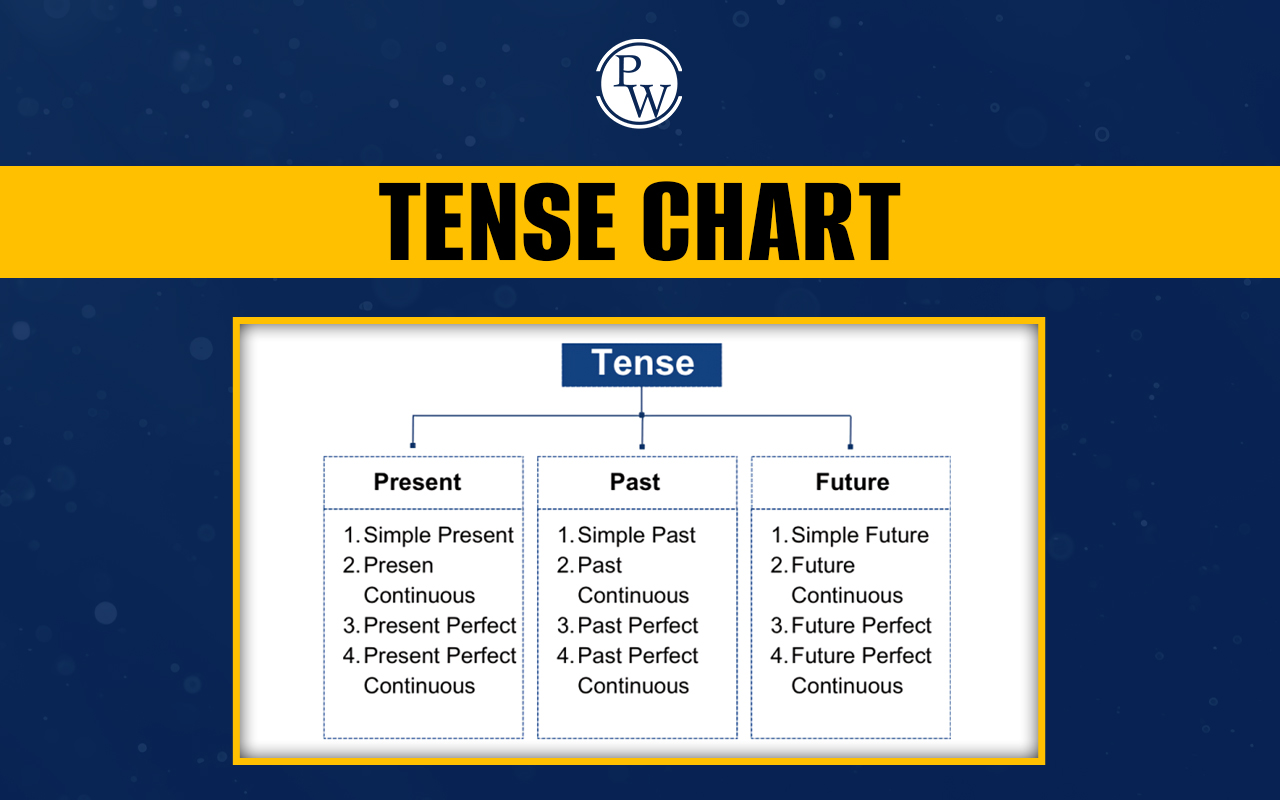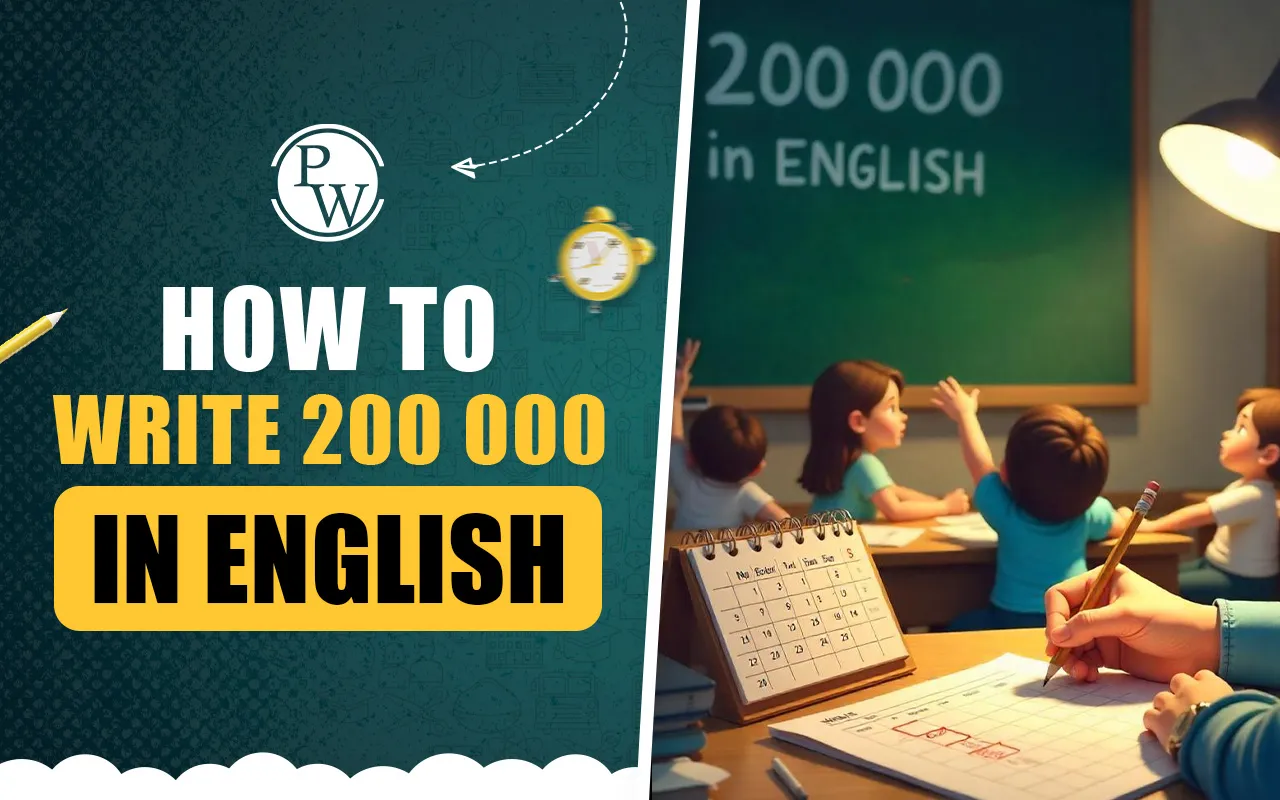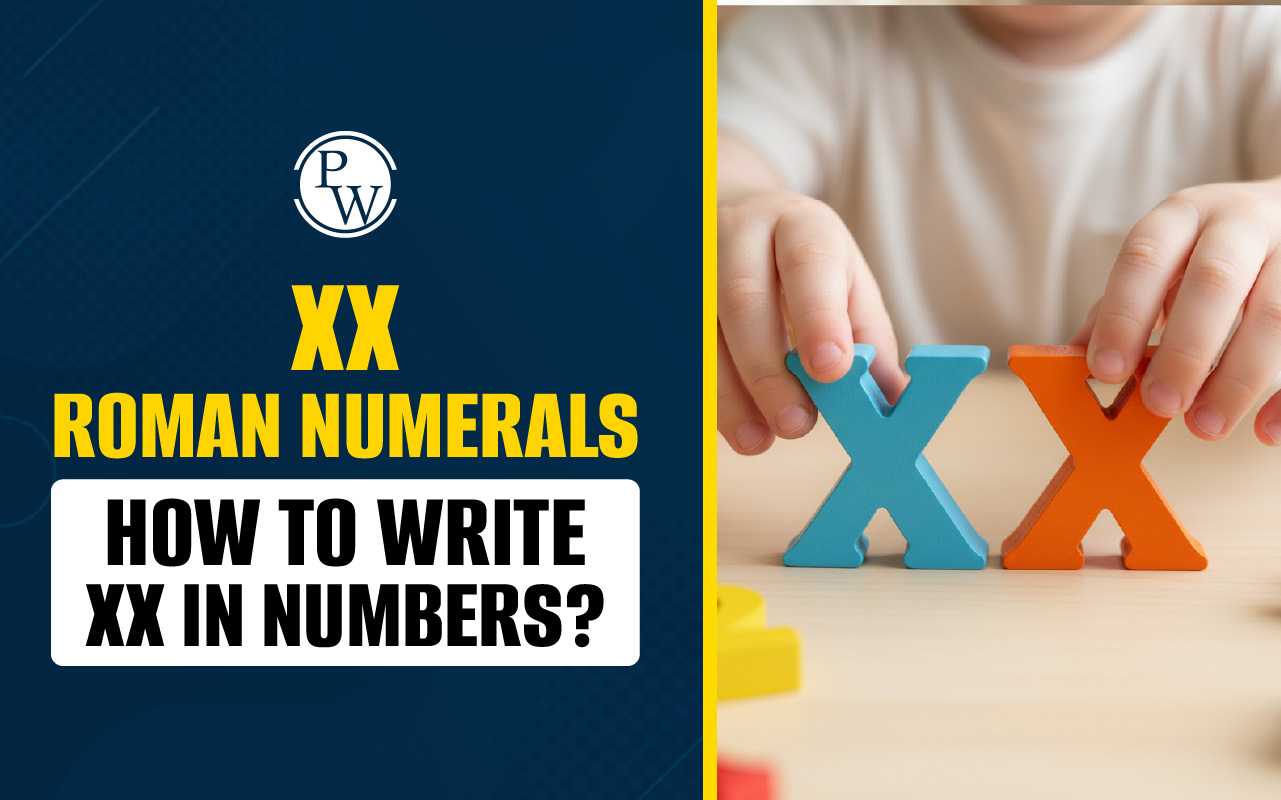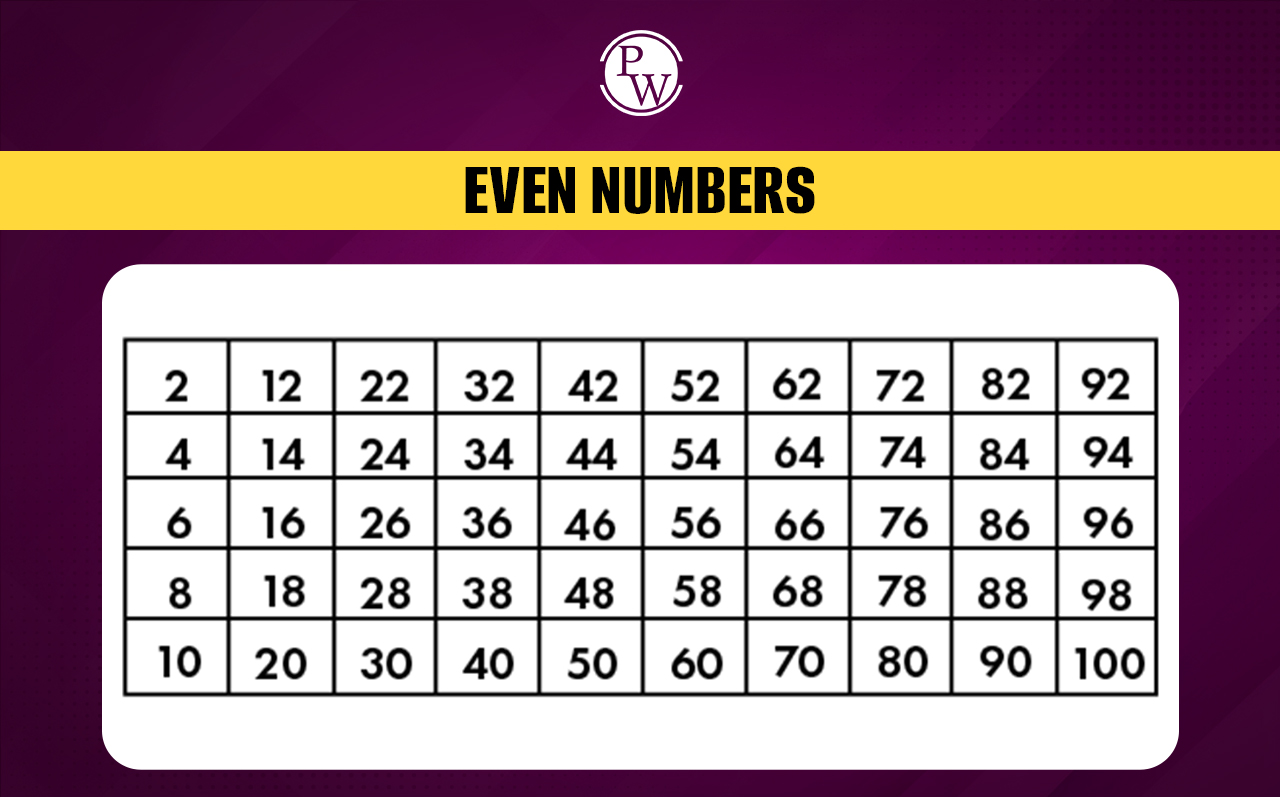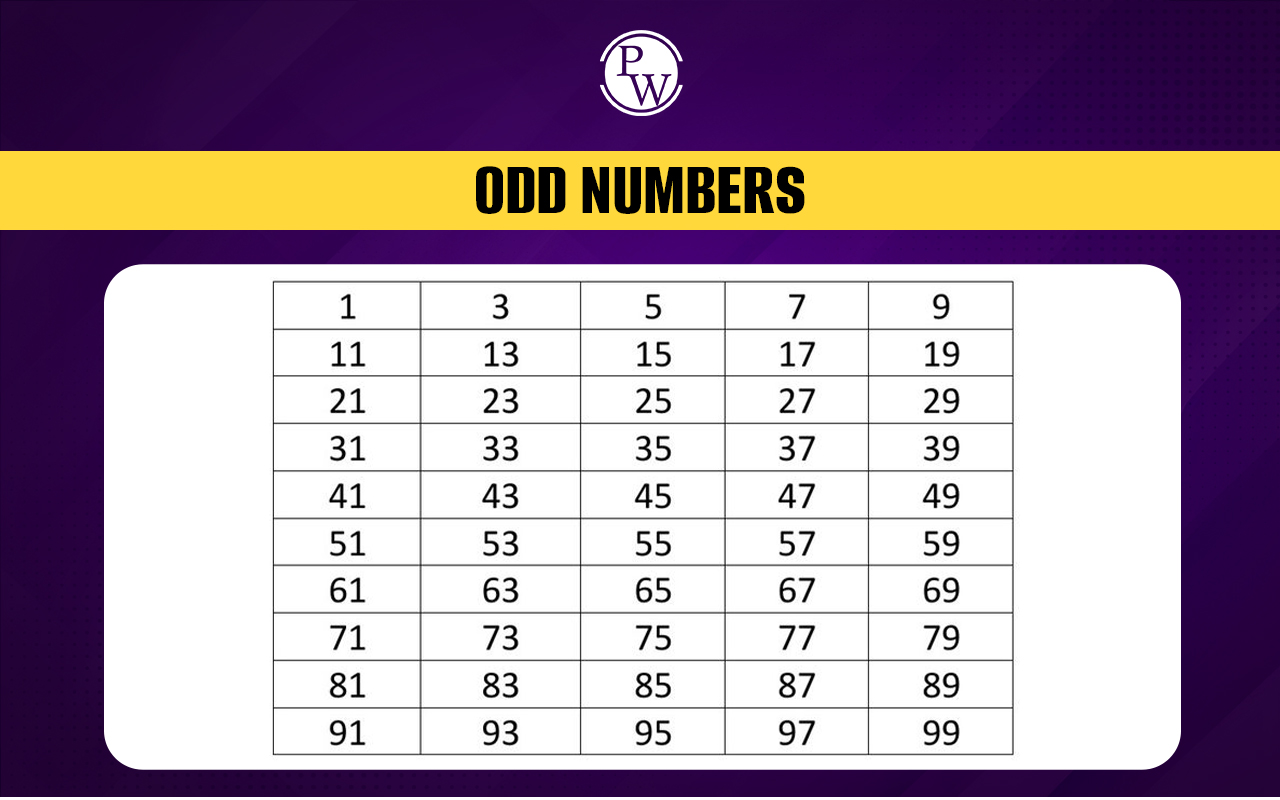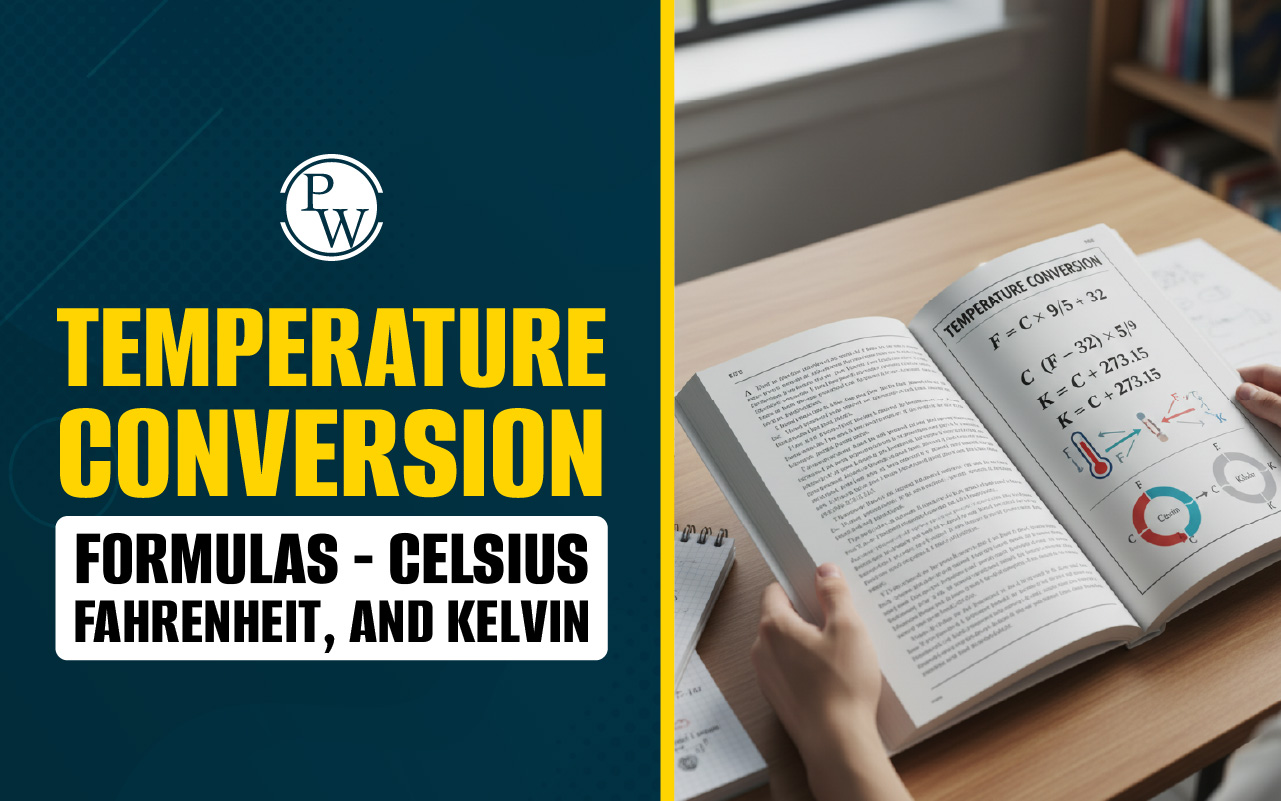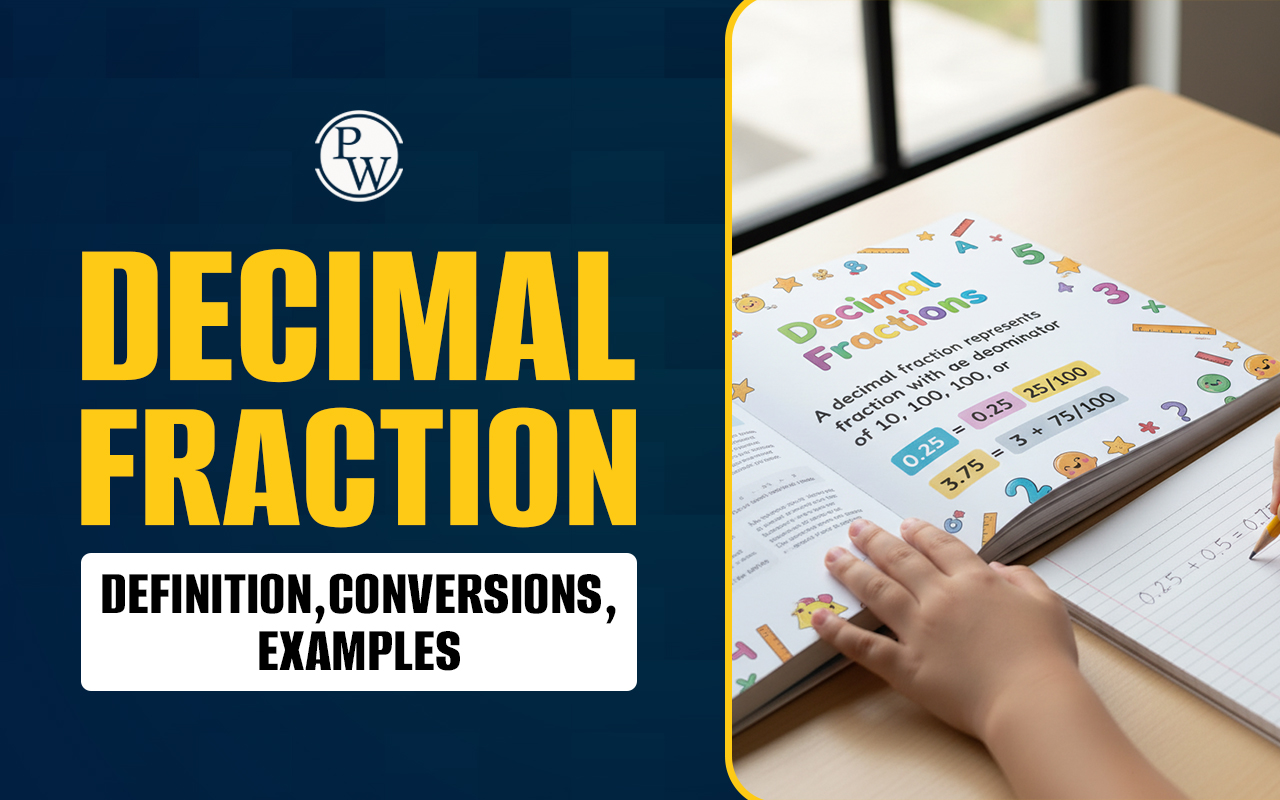

Reflexive Pronouns: Have you ever thought about how to show that someone is doing something to themselves in a sentence? This is where reflexive pronouns come in! Words like myself, yourself, himself, herself, itself, ourselves, and themselves are used to show that the action is being done by the subject to itself.
For example, in “She taught herself to play the piano,” the word herself tells us that she did the teaching and also received it. Reflexive pronouns make sentences clearer and help emphasize self-directed actions. Keep reading to learn how to use reflexive pronouns to make your sentences more precise and interesting! . [video width="1920" height="1080" mp4="https://www.pw.live/exams/wp-content/uploads/2024/12/Curious-Jr-Ad-3-1-1-1.mp4"][/video]What is a Reflexive Pronoun?
A reflexive pronoun is a type of pronoun that refers back to the subject of the sentence. The primary purpose of reflexive pronouns is to indicate that the action of the verb is being done to the subject itself. Reflexive pronouns are always used when the subject and the object are the same in a sentence. The reflexive pronouns in English are:| Personal Pronoun | Reflexive Pronoun |
|---|---|
| I | Myself |
| You (singular) | Yourself |
| You (plural) | Yourselves |
| He | Himself |
| She | Herself |
| It | Itself |
| We | Ourselves |
| They | Themselves |
Reflexive Pronouns Definition
A reflexive pronoun is a word that points back to the person or thing doing the action. It shows that the subject (the person or thing doing the action) and the object (the person or thing receiving the action) are the same. For example, in "She washed herself," herself is a reflexive pronoun because it shows that she is both doing the action and receiving. Key Point: Reflexive pronouns end in “-self” (for one person or thing) or “-selves” (for more than one). Let’s understand the concept of Reflexive pronoun better with examples discussed below: I taught myself to play the piano. Myself points back to I , showing that I did the action and also received it. He hurt himself while playing soccer. Himself refers to he , showing that he did the action and was also affected by it. The dog chased itself in circles. Itself refers to the dog , indicating that the dog did the chasing and was also the one being chased. [video width="1920" height="1080" mp4="https://www.pw.live/exams/wp-content/uploads/2024/10/Courios-jr-Reel-4_Landscape_India-1.mp4"][/video]Why Use Reflexive Pronouns?
Let’s break down the main reasons why we use reflexive pronouns in simple terms.To Show Self-Action
Reflexive pronouns make it clear that the person doing the action is also the one who receives it. this means the doer and the receiver of the action are the same. Without using reflexive pronouns, it can be confusing to know who is affected by the action in a sentence. Example : He cleaned the kitchen himself. In this sentence, himself makes it clear that he did the cleaning, and no one else was involved. It shows that the action is directed back to the subject.For Emphasis
Reflexive pronouns can add extra meaning to a sentence by emphasizing that the person did the action on their own or without help. This use of reflexive pronouns highlights the independence or effort of the subject. Example : I wrote the entire story myself. Here, myself emphasizes that I did all the writing, which adds importance to the effort or independence involved.To Avoid Confusion
Reflexive pronouns help make sentences clearer, especially when you are talking about a situation where someone does something for themselves. This is particularly useful when using plural pronouns like themselves to show that a group performed an action on their own. Example : The students completed their project themselves. Using themselves makes it clear that the students did the project without help from anyone else. We enjoyed ourselves at the park. Ourselves points back to we , showing that we did the action and were also the ones who enjoyed it.Reflexive Pronouns Common Mistakes
Reflexive pronouns can add clarity and emphasis to your writing, but they can also be tricky if not used correctly. Here’s a look at some of the common mistakes people make with reflexive pronouns and how you can avoid them, complete with practical examples and tips.Using Reflexive Pronouns When They Aren’t Needed
One of the most frequent errors is using a reflexive pronoun when a standard pronoun would work better. Reflexive pronouns like myself , yourself , and themselves should only be used when the subject and object of the sentence are the same. Incorrect Example: My cousin and myself went to the concert. Correct Example: My cousin and I went to the concert. In the correct version, I is the appropriate pronoun because it is the subject of the sentence. Myself should not replace I unless the subject is acting on itself.Using Reflexive Pronouns Incorrectly in Complex Subjects or Objects
Another common mistake is using reflexive pronouns as part of a complex subject or when describing two objects receiving an action. Reflexive pronouns should only be used when the subject performs an action on itself. Incorrect Example: David and myself are responsible for the presentation. Correct Example: David and I are responsible for the presentation. Myself is wrong here because David and I are the subjects performing the action. Reflexive pronouns like myself should not be used as part of a subject unless there’s a reflexive action involved.Mixing Up Reflexive Pronouns
A less common but equally important mistake is mixing up reflexive pronouns with non-standard forms. Words like hisself and theirselves are not correct English. Incorrect Example: The cat groomed hisself after playing outside. Correct Example: The cat groomed himself after playing outside. The correct form is himself , not hisself . Reflexive pronouns are formed by adding -self to singular pronouns (like him to make himself ) and -selves to plural pronouns (like they to make themselves ).Tips for Using Reflexive Pronouns Correctly
- Ask Yourself Who Is Acting: If the subject is acting on itself, a reflexive pronoun is appropriate. For example, “She taught herself to play piano.
- Avoid Overusing Reflexive Pronouns: Don’t use reflexive pronouns as a way to sound more formal. “He and myself went to lunch” should simply be “He and I went to lunch.
- Stick to Standard Forms: Only use myself, yourself, himself, herself, itself, ourselves, yourselves, and themselves . Words like hisself and theirselves do not exist in standard English.
When to Use a Reflexive Pronoun?
We use reflexive pronouns to show that the person or thing doing the action is also the one receiving the action. This means the subject acts on itself, either physically or in a symbolic way. Here’s how to know when to use a reflexive pronoun:When the Subject and Object Are the Same
Use a reflexive pronoun when the subject (the doer of the action) and the object (the receiver of the action) are the same person or thing. This makes it clear that the action goes back to the subject. Example : She looked at herself in the mirror. Here, herself shows that she is both the one doing and receiving the action.To Emphasize Actions Done by the Subject
Reflexive pronouns can be used to stress that the subject did something alone or without help. Example : He fixed the bike himself." This sentence emphasizes that he did the fixing alone.When Speaking in the Third Person Plural
It’s important to use reflexive pronouns correctly when the subject is plural, like they . This makes it clear that the group acted on themselves, not on others. Example : They taught themselves to play chess. This shows that they learned without outside help.Important Tip
Only use reflexive pronouns when the subject and object are the same. If the action is directed at someone else or something different, a regular pronoun should be used instead. Incorrect : "My brother and myself went shopping." Correct : "My brother and I went shopping."Reflexive Pronouns vs. Reciprocal Pronouns
It is important to distinguish between reflexive pronouns and reciprocal pronouns. While reflexive pronouns refer back to the subject (the action is done by the subject to itself), reciprocal pronouns are used to show a mutual action or relationship between two or more subjects. The two reciprocal pronouns in English are "each other" and "one another." For example:- "They helped each other with the project."
- "The two friends hugged one another."
Reflexive Pronouns Practice Questions
Choose the correct option from the following sentences: The kids enjoyed _______ at the playground. a) itself b) himself c) ourselves d) themselves I fixed the computer by _______. a) himself b) herself c) myself d) itself She looked at _______ in the mirror before going out. a) himself b) herself c) yourself d) ourselves 4. You should remind _______ to complete your homework. a) itself b) themselves c) yourself d) himself 5. The students taught _______ how to code. a) themselves b) herself c) itself d) ourselvesChoose the correct sentence that uses a reflexive pronoun properly.
a) I taught myself to swim. b) I taught me to swim. c) I taught my friend to swim. Fill in the blank with the right reflexive pronoun.She prepared ______ for the talent show."
a) herself b) himself c) ourselves Which sentence uses a reflexive pronoun for emphasis? a) They decorated the house themselves. b) They decorated the house together. c) They decorated the house for their friends. Answers:-
- The kids enjoyed themselves at the playground.
- I fixed the computer by myself.
- She looked at herself in the mirror before going out.
- You should remind yourself to complete your homework.
- The students taught themselves how to code.
- I taught myself to swim.
- herself
- They decorated the house themselves
| Related Articles | |
| Proverb | Unseen Passage |
| Preposition | Article Writing |
| Pronoun | Alphabet |
Talk to a counsellorHave doubts? Our support team will be happy to assist you!

FAQs
Why do reflexive pronouns end in “-self” or “-selves”?
The endings “-self” (singular) and “-selves” (plural) indicate that the action reflects back on the subject. This helps show whether one person or more than one is involved.
Can reflexive pronouns be used with plural subjects?
Yes, reflexive pronouns like ourselves and themselves are used when the action is done by and received by a group, such as in “They prepared themselves for the test.
What happens if you use a reflexive pronoun incorrectly?
Using a reflexive pronoun incorrectly can make sentences unclear or grammatically incorrect, like in “Me and myself went shopping” (should be “I went shopping”).
Are reflexive pronouns only used for people? Ans:
No, reflexive pronouns can be used for animals and objects as well, like in “The robot turned itself off” or “The cat groomed itself.”
How can reflexive pronouns improve sentence clarity?
They specify that the action is self-directed, avoiding confusion, especially in sentences like “She bought herself a new dress,” which shows who is both the doer and receiver.
Free Learning Resources
PW Books
Notes (Class 10-12)
PW Study Materials
Notes (Class 6-9)
Ncert Solutions
Govt Exams
Class 6th to 12th Online Courses
Govt Job Exams Courses
UPSC Coaching
Defence Exam Coaching
Gate Exam Coaching
Other Exams
Know about Physics Wallah
Physics Wallah is an Indian edtech platform that provides accessible & comprehensive learning experiences to students from Class 6th to postgraduate level. We also provide extensive NCERT solutions, sample paper, NEET, JEE Mains, BITSAT previous year papers & more such resources to students. Physics Wallah also caters to over 3.5 million registered students and over 78 lakh+ Youtube subscribers with 4.8 rating on its app.
We Stand Out because
We provide students with intensive courses with India’s qualified & experienced faculties & mentors. PW strives to make the learning experience comprehensive and accessible for students of all sections of society. We believe in empowering every single student who couldn't dream of a good career in engineering and medical field earlier.
Our Key Focus Areas
Physics Wallah's main focus is to make the learning experience as economical as possible for all students. With our affordable courses like Lakshya, Udaan and Arjuna and many others, we have been able to provide a platform for lakhs of aspirants. From providing Chemistry, Maths, Physics formula to giving e-books of eminent authors like RD Sharma, RS Aggarwal and Lakhmir Singh, PW focuses on every single student's need for preparation.
What Makes Us Different
Physics Wallah strives to develop a comprehensive pedagogical structure for students, where they get a state-of-the-art learning experience with study material and resources. Apart from catering students preparing for JEE Mains and NEET, PW also provides study material for each state board like Uttar Pradesh, Bihar, and others
Copyright © 2025 Physicswallah Limited All rights reserved.
Get App



